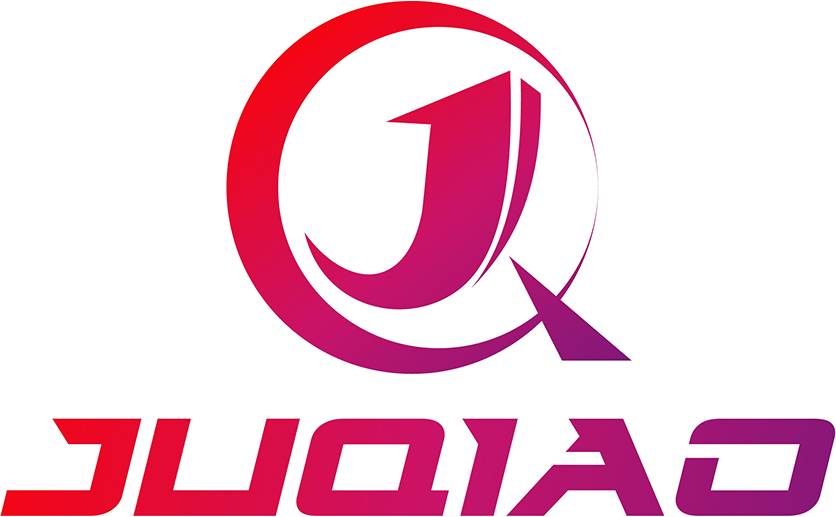Understanding the Importance of Regulating Valves in Industrial Applications
Release time:
2025-10-16
Author:
Source:
Abstract
Understanding the Importance of Regulating Valves in Industrial Applications
Table of Contents
1. Introduction to Regulating Valves
2. What Are Regulating Valves?
3. Types of Regulating Valves Used in Industries
3.1 Globe Valves
3.2 Ball Valves
3.3 Butterfly Valves
3.4 Check Valves
4. Key Applications of Regulating Valves in Industries
5. Benefits of Using Regulating V
Understanding the Importance of Regulating Valves in Industrial Applications
Table of Contents
- 1. Introduction to Regulating Valves
- 2. What Are Regulating Valves?
- 3. Types of Regulating Valves Used in Industries
- 4. Key Applications of Regulating Valves in Industries
- 5. Benefits of Using Regulating Valves
- 6. Maintenance and Troubleshooting of Regulating Valves
- 7. Future Trends in Regulating Valve Technology
- 8. FAQs about Regulating Valves
- 9. Conclusion
1. Introduction to Regulating Valves
In the realm of industrial applications, **regulating valves** play a pivotal role in managing the flow of fluids, gases, and other materials. These valves are essential to ensure that processes operate efficiently and safely. By precisely controlling flow rates and pressure, these components contribute significantly to the overall performance of a system. Understanding the importance of regulating valves not only enhances operational efficiency but also reduces costs and improves safety measures.
2. What Are Regulating Valves?
Regulating valves are specialized devices designed to control the flow and pressure of fluids within a system. Unlike on-off valves, which simply open or close the flow, regulating valves can adjust the flow rate to meet specific operational requirements. These valves utilize various mechanisms to achieve precise control, ensuring that the system operates within designated parameters.
3. Types of Regulating Valves Used in Industries
Understanding the different types of regulating valves is crucial for selecting the right valve for specific applications. Below are some of the most commonly used regulating valves in industrial settings.
3.1 Globe Valves
**Globe valves** are widely utilized for flow regulation due to their excellent throttling capabilities. Their design features a movable disk that can be adjusted to control the flow rate effectively. These valves are ideal for applications requiring precise control, making them a popular choice in various industries, including oil and gas, water treatment, and chemical processing.
3.2 Ball Valves
**Ball valves** offer quick shut-off capabilities and are highly effective for controlling flow in pipelines. Featuring a spherical disc that rotates to open or close the flow, ball valves can be used for regulating flow in applications where space is limited. They provide a reliable seal and are often found in industries such as pharmaceuticals, food processing, and HVAC systems.
3.3 Butterfly Valves
**Butterfly valves** are characterized by a rotating disc that regulates flow by opening or closing. These valves are lightweight and compact, making them suitable for large-scale applications, particularly in water distribution and wastewater treatment. Their design allows for quick operation, and they are effective at minimizing pressure drops.
3.4 Check Valves
**Check valves** are essential for preventing backflow in a system. While they primarily serve a safety function, they can also regulate flow by controlling the direction of fluid movement. Check valves are crucial in maintaining system integrity and preventing damage caused by reverse flow.
4. Key Applications of Regulating Valves in Industries
Regulating valves find applications across a diverse range of industries. Their ability to manage flow and pressure makes them indispensable in various processes:
- **Oil and Gas Industry**: Regulating valves control the flow of crude oil and natural gas, ensuring safe and efficient operations.
- **Chemical Processing**: In chemical plants, these valves regulate the flow of reactants and products, maintaining optimal reaction conditions.
- **Water Treatment**: Regulating valves help control the distribution of water, ensuring effective treatment processes and maintaining water quality.
- **Food and Beverage**: They regulate the flow of ingredients and maintain hygiene standards in food processing.
- **HVAC Systems**: In heating, ventilation, and air conditioning systems, regulating valves control airflow and temperature, enhancing comfort and energy efficiency.
5. Benefits of Using Regulating Valves
The use of regulating valves in industrial applications comes with numerous benefits:
- **Enhanced Process Control**: Regulating valves allow for precise flow and pressure control, which is critical for maintaining optimal operating conditions.
- **Increased Efficiency**: By optimizing flow rates, these valves help reduce energy consumption and operational costs.
- **Improved Safety**: Regulating valves help prevent over-pressurization and other safety hazards, contributing to a safer working environment.
- **Longer Equipment Life**: Proper flow regulation minimizes wear and tear on equipment, extending the lifespan of machinery and components.
- **Environmental Protection**: By preventing leaks and backflow, regulating valves contribute to environmental conservation efforts.
6. Maintenance and Troubleshooting of Regulating Valves
Regular maintenance of regulating valves is essential to ensure their optimal performance. Here are some key maintenance tips:
- **Routine Inspections**: Conduct regular inspections to identify any signs of wear, corrosion, or leakage. Early detection of issues can prevent costly downtime.
- **Cleaning**: Keep valves clean to avoid buildup that could hinder performance. Use appropriate cleaning agents based on the valve material.
- **Calibration**: Periodically calibrate valves to ensure they are functioning within specified parameters. This helps maintain accuracy in flow regulation.
- **Lubrication**: If applicable, lubricate moving parts to prevent friction and wear, ensuring smooth operation.
- **Replacement of Faulty Parts**: Replace any damaged or worn components promptly to avoid compromising system integrity.
7. Future Trends in Regulating Valve Technology
As industries continue to evolve, so does the technology behind regulating valves. Some emerging trends include:
- **Smart Valves**: The integration of IoT technology allows for remote monitoring and control of regulating valves, enhancing operational efficiency.
- **Sustainability**: Innovations in valve materials and designs focus on reducing environmental impact and increasing energy efficiency.
- **Advanced Automation**: The use of automation in valve operations enhances precision and reduces the need for manual intervention.
8. FAQs about Regulating Valves
**Q1: What is the primary function of regulating valves?**
A1: The primary function of regulating valves is to control the flow and pressure of fluids within a system, enabling precise operational management.
**Q2: How do I choose the right regulating valve for my application?**
A2: Consider factors such as the type of fluid, flow rate, pressure requirements, and the specific application when selecting a regulating valve.
**Q3: What maintenance practices are essential for regulating valves?**
A3: Routine inspections, cleaning, calibration, lubrication, and prompt replacement of faulty parts are crucial maintenance practices for regulating valves.
**Q4: Can regulating valves be automated?**
A4: Yes, many regulating valves can be integrated with automation systems, enhancing precision and efficiency in operations.
**Q5: What industries benefit the most from regulating valves?**
A5: Industries such as oil and gas, chemical processing, water treatment, food and beverage, and HVAC systems greatly benefit from the use of regulating valves.
9. Conclusion
In summary, regulating valves are vital components in industrial applications that ensure the precise control of flow and pressure. Their diverse types and benefits make them indispensable across various industries, enhancing operational efficiency and safety. By understanding the importance of these valves and implementing effective maintenance strategies, businesses can optimize their processes and drive success in their operations. As technology continues to advance, the future of regulating valves promises even greater innovations, paving the way for improved efficiency and sustainability in industrial applications.
Recommended Reading
Understanding the Importance of Regulating Valves in Industrial Applications
Understanding the Importance of Regulating Valves in Industrial Applications
Table of Contents
1. Introduction to Regulating Valves
2. What Are Regulating Valves?
3. Types of Regulating Valves Used in Industries
3.1 Globe Valves
3.2 Ball Valves
3.3 Butterfly Valves
3.4 Check Valves
4. Key Applications of Regulating Valves in Industries
5. Benefits of Using Regulating V
2025-10-16
The choice of a hard seal wafer butterfly valve depends on specific application requirements. For high-pressure and high-temperature environments, the VINCER Metal Hard Seal Wafer Butterfly Valve offers robust performance.
2025-10-16







